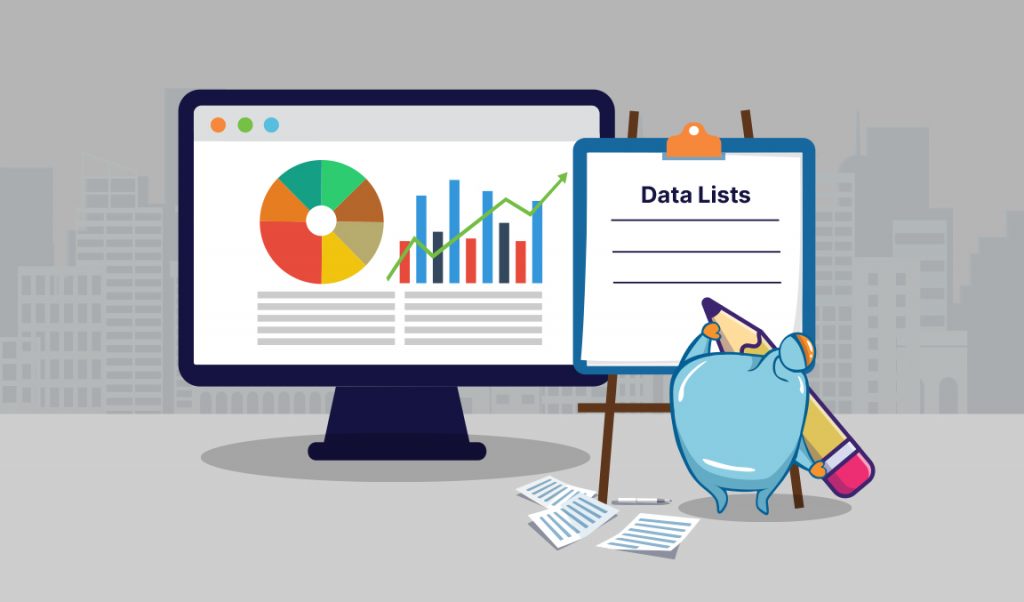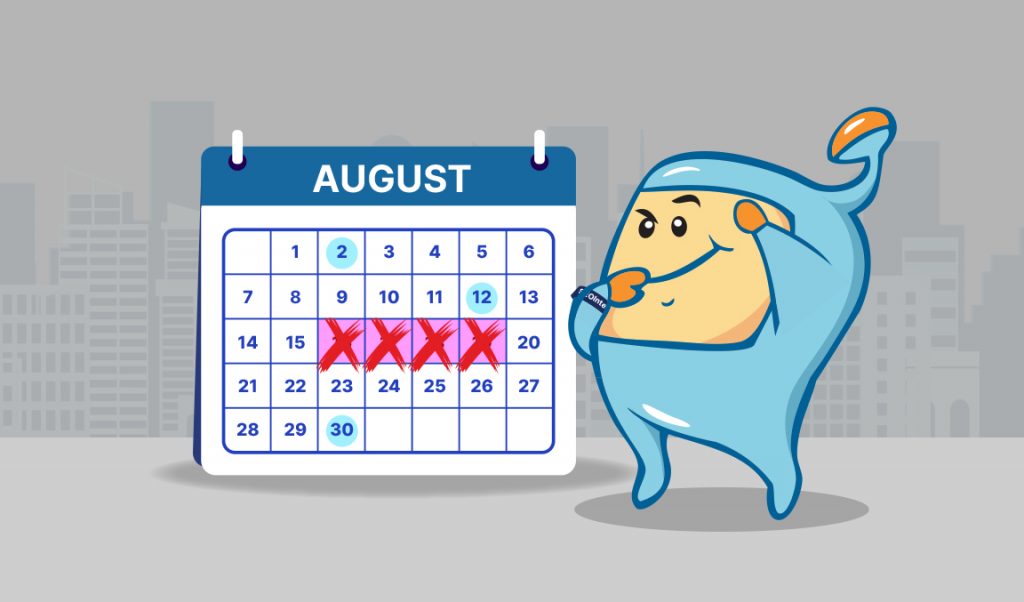
Some SEOs think that the more content you have on your site and the more often you publish content, the better your site and pages are going to rank. However, this is not the case these days as quality has become more important than quantity. Plus, you also have to consider crawl budget, make sure that it is maximized, and important pages on your site are being crawled.
This is where content audits can come in handy. Through a content audit, you would be able to assess your existing content, find content that are performing and those that are not, find content gaps that could open up new opportunities for you, and be able to refresh your content development and content marketing strategy based on what is specifically working on your site.
But what is a content audit? Why is it important? What are the benefits of doing a content audit? Specifically, how do you do a content audit for your site?
In this article, you will learn all about how to audit your content and get a step by step guide on how to do a content audit.

A content audit is a content development and management procedure for assessing the current material on your website and identifying content that can be updated, eliminated, or redirected.
The ultimate goal of a content audit is to figure out the strength and weaknesses of your content strategy, help you find performing and non-performing content, so that you would be able to modify your content strategy based on what is working and what is not. It is also a way to adapt your content plan to the current goals for your site. All types and levels of business can benefit from a content audit, from small businesses to large multinational corporations.

Once you’ve begin producing content for your site, it’s a good idea to periodically conduct a content audit to evaluate the effectiveness of your site and its content. It’s comparable to getting a health checkup from the doctor or having your automobile serviced annually for an inspection. Keeping up with website maintenance and content maintenance will improve the over-all performance of your site.
A content audit examines your content initiatives so you can assess your strategy and determine what is and is not working. You can move forward with content marketing decisions that are better informed by comparing content data across web pages and deciding if your content still fits your goals. You can also address any problems that could be currently affecting performance.
Similar to SEO site audits, content audits can help you improve your content marketing by identifying underperforming material, improving content, assessing your top authors and type of content, and applying lessons learned to future content.
In addition to these, a content audit can also help find content that has become stale and data that has become inaccurate. This allows you to update content to keep the information fresh and the data accurate, giving fresh life to an otherwise outdated content, and allowing fresh traffic to come into your site.
Now that you know the importance of a content audit, let’s proceed with the step by step process of how to do a content audit to your site.

The first and one of the most time consuming step in a content audit is making an inventory of your site’s content.
List down the URLs, Meta-title and Meta-description, the title of the piece of content, author, content type, word count, date it was published and last updated – if it has been. You can also add the number of comments it has garnered and social media shares.
You can do this manually which can be difficult if it is a large site or through the help of a tool such as SEMRush and its content audit tool. The tools audits your content and provides data such as the meta data, author, content length, social shares, and backlinks. Connecting your Google Analytics and Search Console accounts also provides additional data for each page such as sessions, average session duration, page views, bounce rate, search queries, among others.

After making an inventory of your site’s content, the next step is data collection. Data collection is a difficult and time-consuming process. Typically, you must recover data from multiple sources and manually enter it into your spreadsheet. Using a content audit tool to collect data can help you save time.
Here are some analytics tools that can help with your content audit:

Now that you have an inventory of your content and have the data and metrics for each of the page, it is time to trim down your content. You need to find material that isn’t driving any traffic or producing any purchases.
Following your discovery of this low-performing contents, you should either:
Aside from these, look at the posts that perform the worst at the bottom of the list and think about the following:
Thinking about these questions should provide you with insight into how you can change your material going forward. It might be time to rethink your strategy if the top ten performing pages aren’t also the ones that generate the most conversions.
What can you easily alter to improve outcomes and help you reach your goals?
After doing an inventory of your content, collecting and analyzing data for each, and trimming content that are not performing, the next is to evaluate the remaining content.
It’s time to focus on the content that remains once you’ve either eliminated, merged, or redirected your worst-performing content through assessing your content using a variety of metrics.

There are various metrics that you can track to help you determine the effectiveness of your SEO campaigns and your content, it really depends on your goals for your site and content, but one easy metric to track and rely on is traffic, mainly since your main goal for your site is to generate traffic to it, all the other goals may come hand in hand with it or secondary.
With this in mind, you can use traffic to judge how to further proceed with the other content on your site.
Aside from traffic, another factor to consider in a content audit is a page’s backlink profile. There are some content on your site which might have the goal of garnering links, in other words, link bait content.
There might be other content that also garner a lot of quality backlinks. These pages, even though they might not be generating as much traffic or conversions for you, are still valuable due to the links they have and their metrics.

Conversion is another metric to consider, especially if converting a visitor into a subscription, a sale, etc. is a goal for your site.
It is possible for some of your content to have a lot of traffic coming into it yet not get much leads or sales from it. This is why it is important to also check the conversion metric of your pages.
Look through the pages of your site that have high conversion rates and check what could be the driving force for the high conversions.
I have mentioned three important metrics to track when it comes to your content audit – traffic, backlinks, and conversions. While this metrics are often enough in most sites, there are some that could gain more data and insight from looking at the different content analytics metrics in their entitely.
For example, there could be pages that are receiving a lot of traffic but then, they could have a high bounce rate and a brief session duration which could indicate that while the visitors are interested in your page, perhaps your Page Title and meta-description are well written and are getting you the clicks, but then when they get to your page, the information does not meet their needs or perhaps the page is loading too slow that they end up bouncing instead.
Looking at the other metrics can give you a better idea for why a particular content is performing this way or that way, why such issues exist, and in turn, help you be able to make changes and improvement on your content and your site, in general.
There are some that also give priority to audience engagement, such as the amount of comments that come in and the amount of likes and share that a page has garnered. If increasing audience engagement is a goal for your business, then this is a metric for you to track.
Once you have analyzed the content of your site based on their metrics, it is time to make improvements on your content. This is can be the most difficult and most time consuming step in your content audit but it is the most important.
There are a lot of ways to improve your content, it also depends on your goals be it traffic, backlinks, conversions, engagement, or all of them.
Here are some tips on how you can improve your content.
The goal of a content audit is to be able to discover content that performs, those that are underperforming, and learn more about what works and what are not based on your current content. This is in order for you to be able to make improvements on your current content and have at align to your goals and so that you would have a better idea of what type of content to generate moving forward. You would be able to come up with a content development and content marketing strategy that is specific to your own market, niche, and site, and apply it to your future content.

Keep in mind that you should do another content audit in about 6 months to assess the effectiveness of your new material. Look for broken links and ways to improve your content’s optimization for your target keywords during each successive audit of your content.
You might think about using the 10x strategy, often known as the Skyscraper Technique, for high-performing content. When you 10x your content, as the name suggests, you make it at least 10 times better than the next best online piece of content that is related to that topic.
Your high-performing posts will have a greater chance of appearing on the first page of search engine results if you use the Skyscraper Technique on them.
Search for keywords associated with the content you wish to 10x on Google. Consider what you can do better as you read the posts of competitors. Use that approach for your current material.
Keep an eye on the development of any content you update or try to 10x so you can identify the tactics that were successful and use them in the future.
After a content audit, you should have a better idea of what type of content is effective and what type of content performs for your particular niche and market.
In addition, there are content gaps that you could take advantage of that would help make your content and site better. Check out our article on content gaps to help you get started with a content gap analysis
Doing a content audit and a content gap analysis will help you be able to have a better content development and content marketing strategy, plus help you find and build content that would be able to get ranked in search. Both can be time consuming and need a lot of research, analysis, and then application but they are worth doing as they could help you reach your goals for your site, may it be gaining more traffic, more backlinks, more conversions, more engagement, or all of these.
Need more help on how to generate content that ranks and different tips on how you can get your site ranking? Check out our SeoIntel articles.